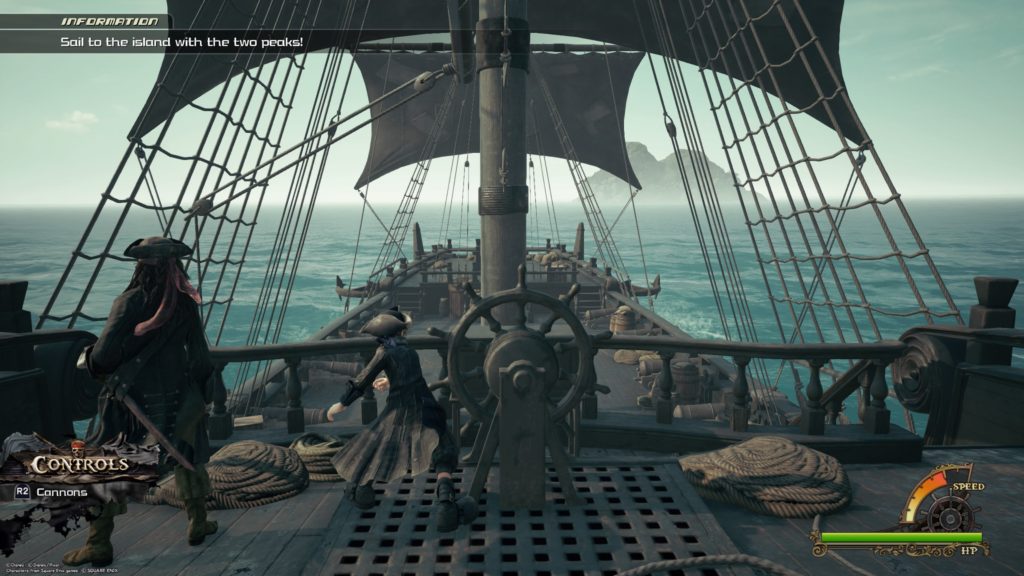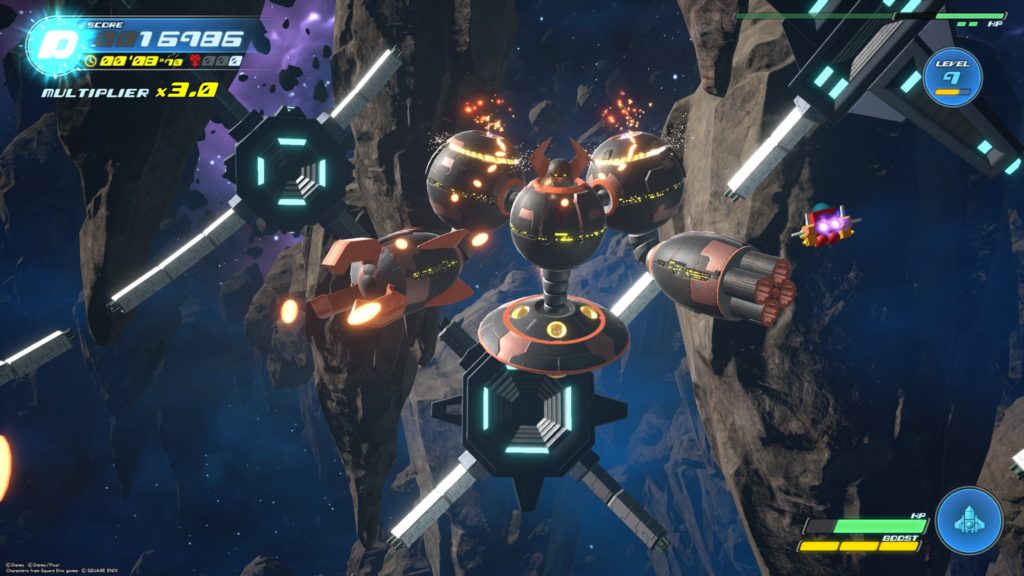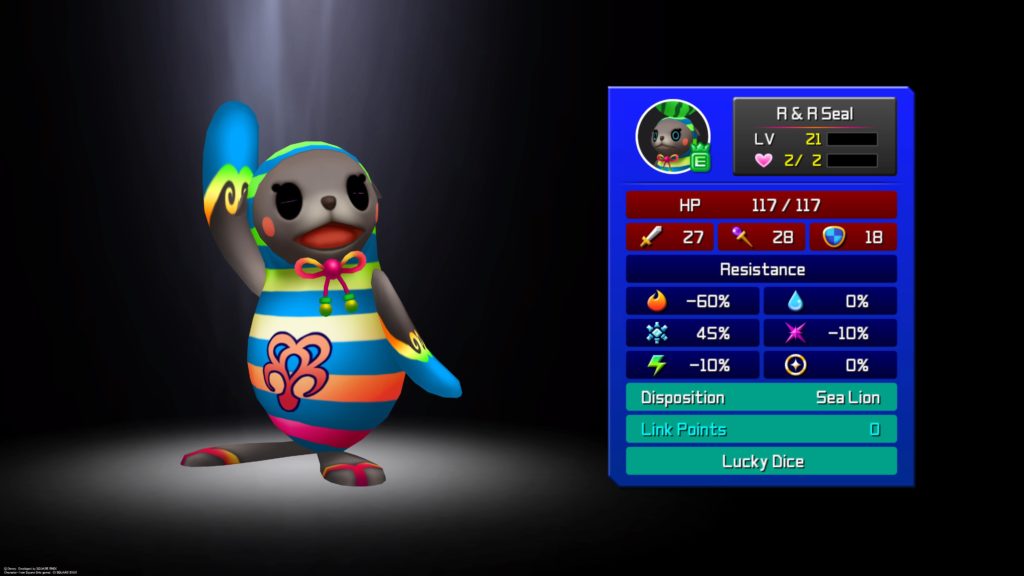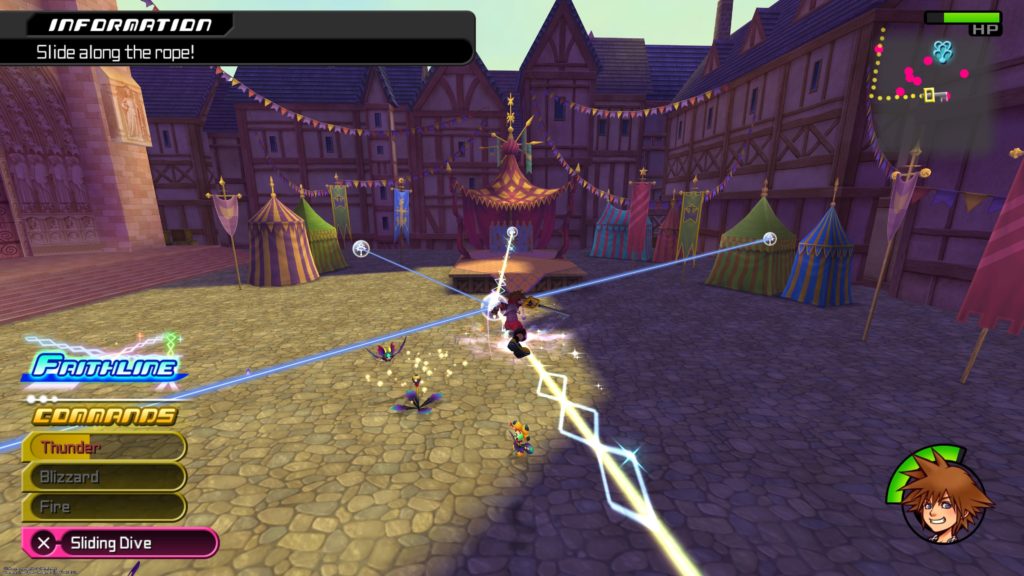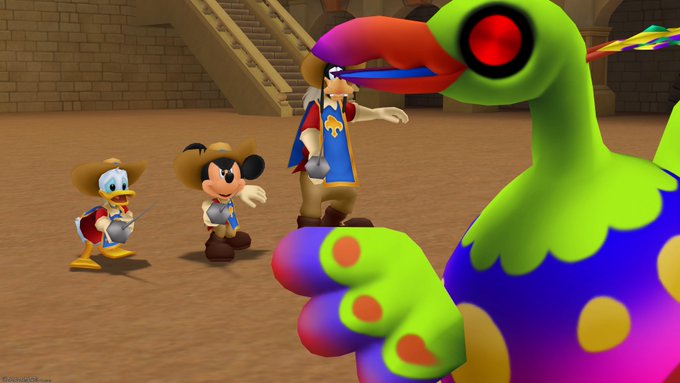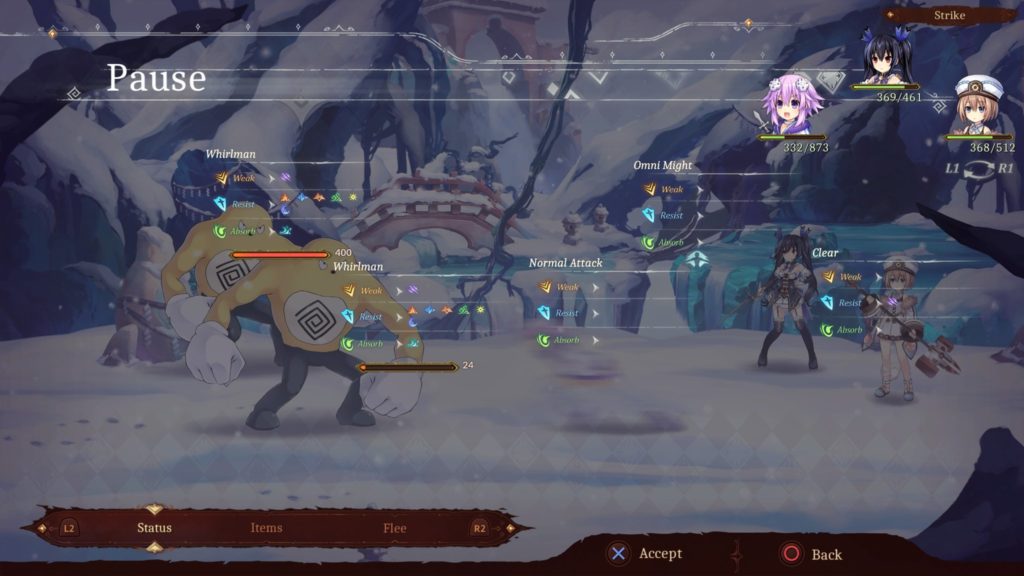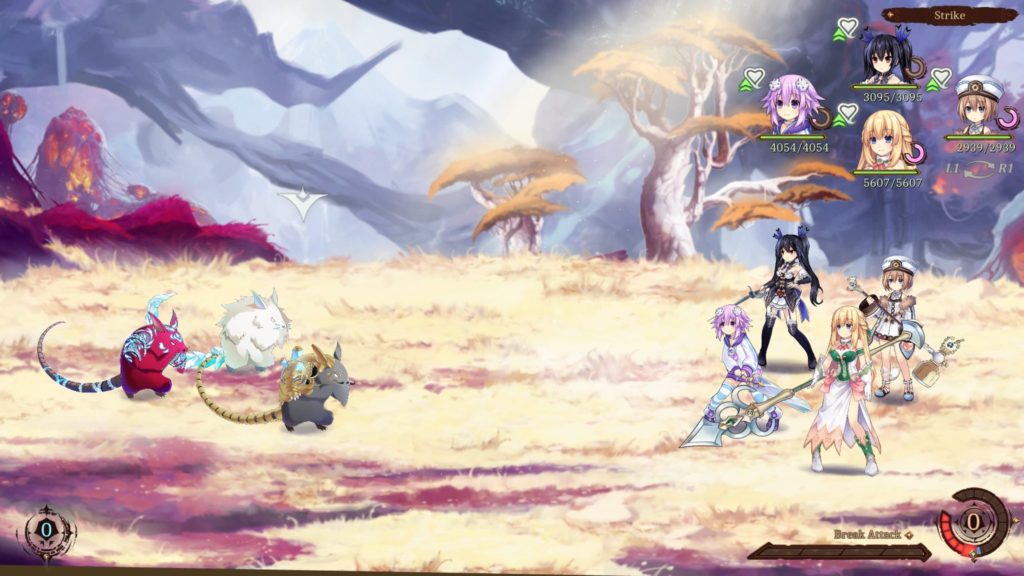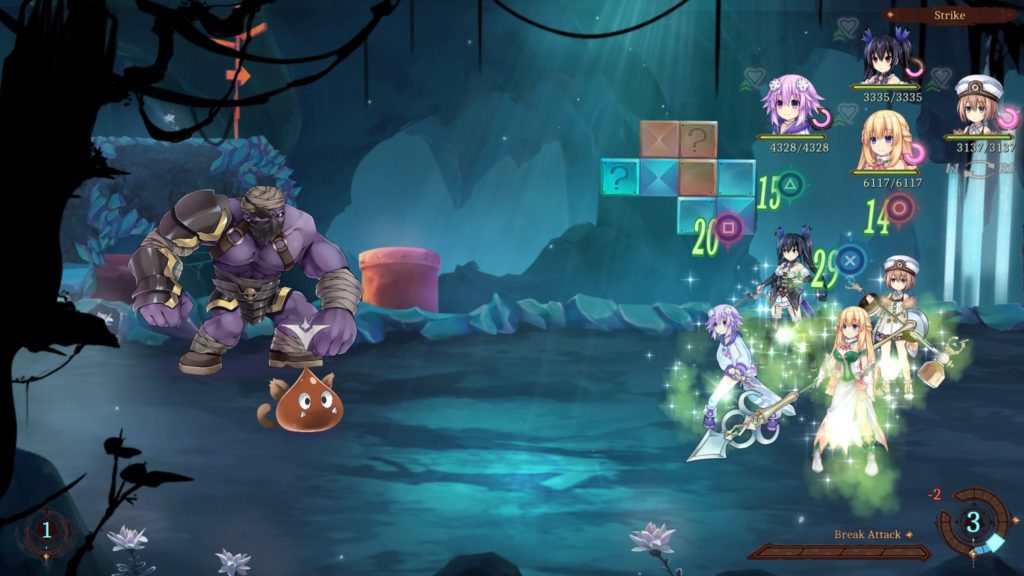- Genre: Action RPG
- Platform: PS4
I finally got around to KH3. Ya I skipped some of the side games, and ya I should go back and play Birth by Sleep on a TV, but frankly I was ready to get this one off the list. KH3 was a bit of an oddball – it combines bits and pieces of all the past games while adding a ton of cinematic flare now possible on current generation hardware. What comes out of it falls somewhere between great and complete disaster, which I suppose could be said for a lot of this series as a whole.
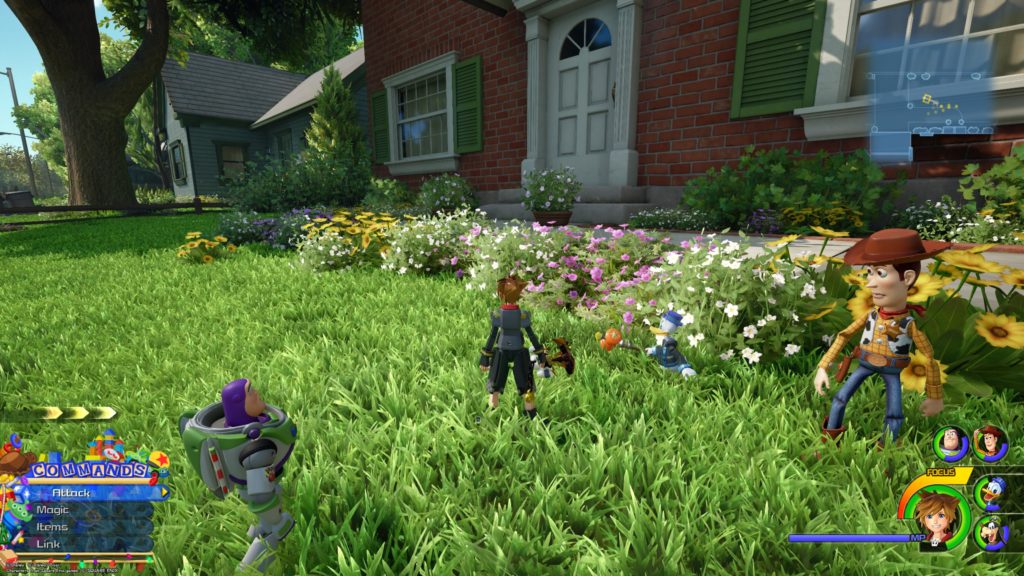
This is really the game that finally feels like a modern experience. If there’s one thing that really speaks next-gen to me, it’s not necessarily new complex gameplay elements, or flashy new effects, but of worlds that feel alive and cinematic scenes that look like the game world. Kingdom Hearts 3 finally delivers on that. Visually, it’s definitely a looker, but importantly the worlds feel believable. Whether it’s San Fransokyo from Big Hero 6 or the world of Toy Story, these worlds no longer feel reminiscent of the movies, but actually feel exactly like the movies. It’s completely uncanny. The style also lends well to spectacular cinematic elements in traversal, such as wall running up Mount Olympus during a boss fight, dodging fire and rocks, instead of simply being somewhere vaguely in the area.
It’s also worth noting that this is probably the best mix of pure new content and pure Disney fandom experience that I think I’ve seen in the series. As a fan of KH, it was great to finally have visibility on both the Keyblade Graveyard, as well as some of the worlds behind Xehanort, and they gave a LOT of time at the end to him. At the same time, they quite literally remade Let it Go within the lore of KH3, which is a huge shot of Disney fandom adrenaline to be hit by. Every moment felt like I was seeing some new cool thing that brought me back to a movie or character I wanted to see more of, and given the lore of the series I was frankly surprised at how well it pulled together.
What gets lost in all of this though is the Final Fantasy connection. The folks from FF10 are nowhere to be seen on Destiny Islands. The FF cast members in Radiant Garden no longer appear. There’s no resolution to the plot between Cloud and Sephiroth in KH2. While the progression of the game lore kind of forces it in this direction, this game is now more accurately described as Disney + Square, not Disney + Final Fantasy. It’s not a deal breaker, but it’s definitely a disappointment.
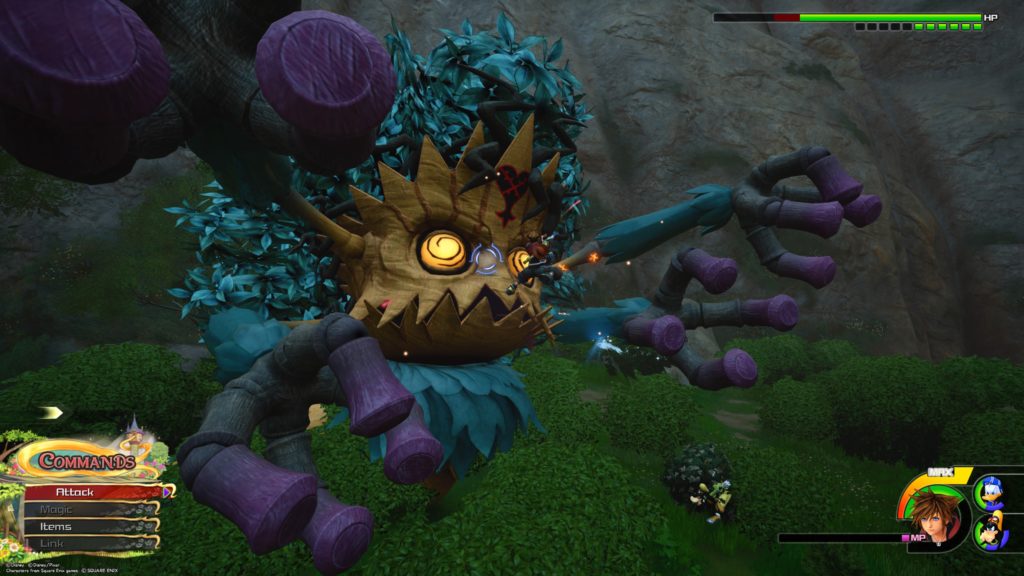
Combat is a bit of a mixed bag, and it’s definitely a mash up of past games.
- Core combat is still how it’s been since KH1, and it still has its issues with targeting and lock ons. It’s straight hack and slash, but the combo count trends more towards KH2 so it’s generally effective and easy to pull off.
- Your partners are still kind of useless, but now your party occasionally grows up to 5 characters, which is kind of neat.
- Magic and mana regen has been pulled in from KH2, which is a huge perk.
- The Flowmotion system from Dream Drop Distance is there again, but it’s been neutered by the removal of most of its triggers, so it’s kind of useless.
- Dream Eaters have been merged into the Summon system from past games, and the summons use both a full mana bar and are still kind of useless.
- The dark form from KH2 still pops up from time to time, and is still kind of annoying when it shows up. Since it now gets in the way of triggering other group attacks, it’s particularly flow breaking.
- Fortunately the dark form is hilariously effective against bosses, so when it pops up in a boss fight it’s pretty much an instant win.
Basically, mixed bag.
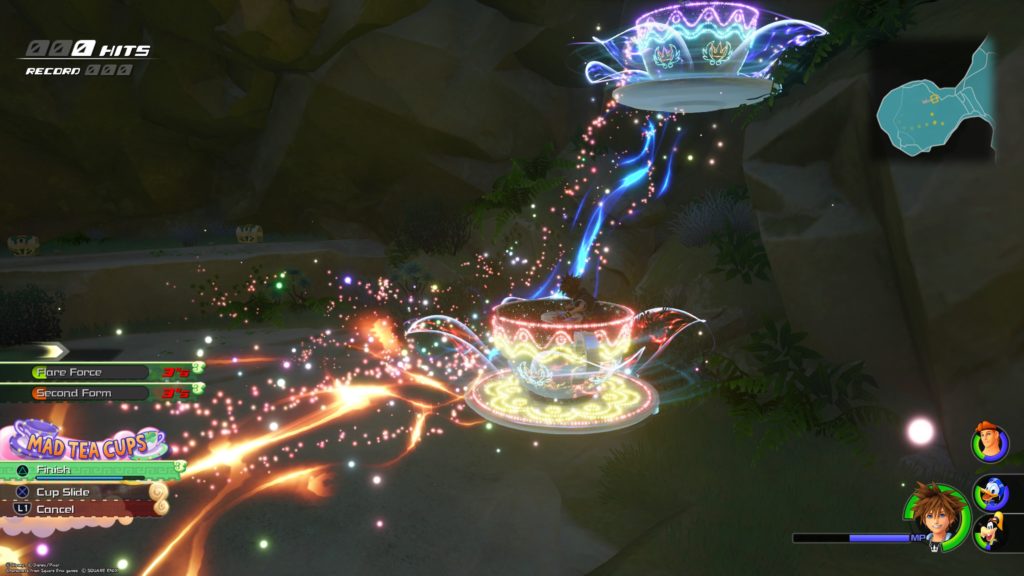
However, it’s the special attacks like the tea cups above that are the most egregious. These are basically triggered group attacks that do a ton of damage and effectively provide you with immunity. They are hilariously overpowered and completely unbalance combat in most situations. There are encounters where it’s pretty obvious that things were balanced around these, so it’s particularly bad that they become a bit of a necessity. In Kingdom Hearts fashion, it’s another case of something that is flashy and cool that gets used way too much, and quickly becomes annoying and necessary.
In good news, the non-standard stuff is way better in this game. The Gummi ship sequence is now a pseudo open space experience. Combat is triggered by the player by chasing after Heartless ships, and some of the sequences turn into large scale boss fights. It provides a lot more gameplay than simply the annoying experience flying between worlds, and becomes an entire great change of pace after a bunch of RPG combat. Some worlds also provide their own entire experiences. The obvious example is the Caribbean world, which now has an entire Assassin’s Creed 4-style pirate ship gameplay experience, including ship upgrades, boat to boat combat, and plenty of small islands to hop off at and explore for treasure.
The improvements to the meta experience are really what make this feel like that modern experience. The game goes back and forth between extremely linear sequences and semi-open exploration, so there’s enough of a change in pace going on to allow for some breathing room as I went through the game.
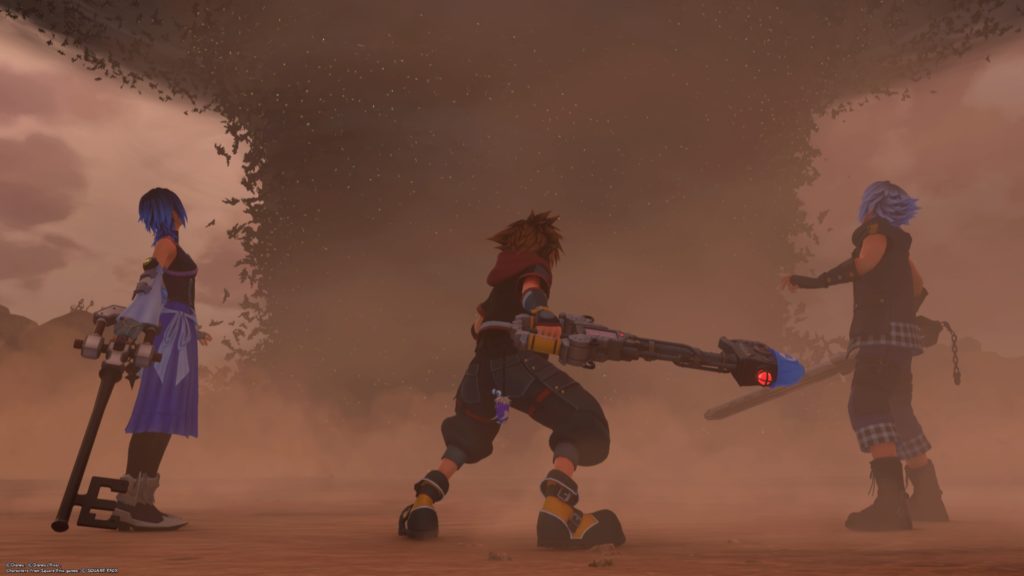
So, many games and more hours than I care to admit later, I’ve gotten through the Xehanort story. I still couldn’t tell you most of what happened, because quite frankly the lore is batshit. I couldn’t tell you I really enjoyed the gameplay a lot of the time, because quite frankly the combat really isn’t that good. But did I enjoy it all anyway? Hell ya I did. These games are the most spectacularly stupid mix of Disney and JRPG aesthetic possible, and now that technology has caught up to that, it was a sight to behold.

